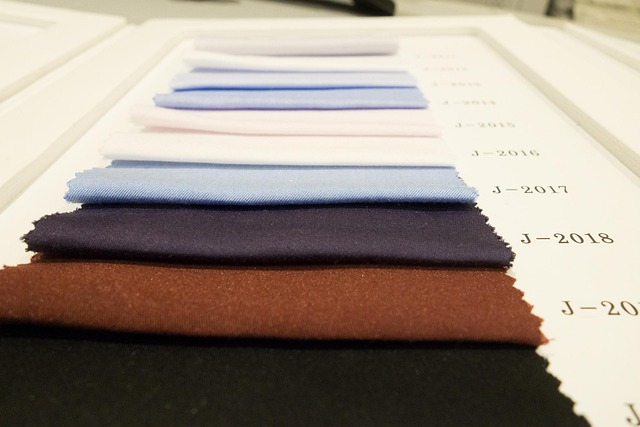Visual communication: illustration and technical flats for garments
Visual communication in fashion combines artistic illustration with precise technical flats to translate concepts into manufacturable garments. This summary highlights how drawing, textile choices, and technical documentation work together to support design decisions and merchandising plans in contemporary practice.

Visual communication in fashion is the bridge between concept and construction. Illustration conveys silhouette, mood, and fabric intent, while technical flats provide the exact measurements and seam lines needed for production. Together they allow designers to explore textiles, refine sketching techniques, and communicate with patternmaking and tailoring teams. Clear visuals also strengthen portfolios, support merchandising strategies, and make considerations like couture details or sustainability choices visible to collaborators and manufacturers.
How does illustration support design and textiles?
Illustration is a primary tool for exploring design language and indicating textile behavior. Fashion sketches show how a fabric might fall, how texture influences drape, and how color or pattern will read on a garment. Effective illustration balances artistic expression with practical cues—grainlines, stretch, and surface treatment—that inform later patternmaking and draping. Illustrators often annotate swatches or fabric references to guide sample rooms and sourcing teams, making textiles an integral part of the visual narrative.
Why is sketching vital for patternmaking and draping?
Sketching captures proportion, movement, and intent before patterns are created. Quick fashion sketches allow designers to test silhouettes and refine details such as darts, pleats, or seam placements that affect patternmaking. When paired with draping studies, sketches become living documents: draping on a mannequin verifies how a sketch translates into three-dimensional form and helps adjust patternmaking directions. Clear, iterative sketching reduces miscommunication between creative and technical teams.
How do technical flats bridge tailoring and garment specs?
Technical flats are orthographic drawings that show a garment from multiple views with precise lines and annotations. They’re essential for tailoring because they communicate seam placements, stitch types, pocket construction, and interfacing needs without relying on interpretive sketches. Flats include measurements and construction notes that feed directly into the patternmaking and production process, ensuring the garment’s intended fit and craftsmanship are reproducible across sizes and manufacturing settings.
How to present a portfolio for couture and merchandising?
A cohesive portfolio should combine expressive illustration with clean technical flats to demonstrate both creative vision and technical competency. For couture, portfolios often highlight hand-finished details, pattern sketches, and photos of draped or finished garments to show workmanship. For merchandising roles, include illustrated line sheets, fabric boards, and annotated flats to show how ranges and costing assumptions translate into sellable products. Balance creative experimentation with clear information that buyers and manufacturers can act upon.
How does sustainability influence illustration and merchandising?
Sustainability considerations alter both illustration and merchandising approaches. Illustrations can call out material origins, recycled content, and lifecycle impacts, while flats and spec sheets may include instructions for low-waste cutting, modular construction, or repairability. Merchandising strategies informed by sustainability also emphasise longer garment lifespans, versatile styling, and responsible packaging. Communicating these choices visually helps align design, sourcing, and marketing teams around environmental goals.
What tools are used for illustration and technical flats?
Traditional media—pencil, marker, watercolor—remain valuable for expressive sketching, while digital tools like vector software and CAD systems enable scalable and editable technical flats. Many designers combine hand-drawn croquis with digital flats to speed iteration and facilitate sharing across teams. Understanding both hand techniques and software workflows supports collaboration with patternmaking, tailoring, and production partners, ensuring illustrations and flats serve creative and operational needs.
Visual communication in fashion is a collaborative practice that links sketching, textiles, patternmaking, draping, tailoring, and merchandising into a coherent process. Illustration inspires and communicates intent; technical flats specify how that intent becomes a tangible garment. For designers and students building a portfolio, demonstrating competence in both expressive drawing and precise technical documentation illustrates readiness to work across creative and manufacturing contexts.





